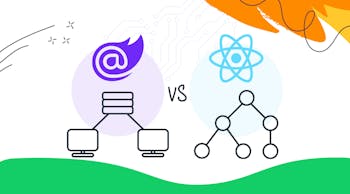As organizations grow and evolve, so do their software and data solutions. It’s common for businesses to find themselves in the position of having many legacy applications that provide mission-critical functions, but due to licensing, IT architecture updates, or some form of obsolescence, they have to migrate over to cloud-based services and do it without any operational disruption. It can be daunting but here are five strategies that'll ensure it's a success.
1. Analyze, Assess, and Understand the Situation
Before you can make a plan, you need to have a clear understanding of the application being migrated and exactly how it works. What are the system requirements, its dependencies, inputs, and outputs? Will it have to work with any other cloud-based services? Perform a thorough audit and don't stop until you have a firm understanding of the situation. If you create a plan with incomplete or inaccurate information, it can and will cost time and money later.
2. Get the Team On-Board
Assessing the situation is not limited to only the technical and IT-related elements, you have to include the team members who use or are affected by the application in the conversation and be transparent at all levels. This is not the time for closed-door meetings. Manage this project according to best practices and make sure that surveying the team is a major component of the information-gathering process. As always, involve the stakeholders and get buy-in.
3. Consider Getting Assistance
Depending on your in-house IT resources and the complexity of the application being migrated, it might be smart to partner up with a company that specializes in cloud migration services. There are many of them, and a standard amount of due diligence should help you locate one with a track record of successfully managing projects like yours. Many executives find that the expense is worth the peace of mind to know if there's a problem, it'll be solved quickly.
4. Put the Apps in the Cloud
Before applications can run off the cloud, they need to be put into the cloud. Sometimes, this is relatively straight-forward and the applications are easily installed with what’s commonly referred to as a "lift and shift" approach. Other times, the application may have to be rebuilt. This is usually contingent on if it's an out-of-the-box installation of commercial software, or if it's a heavily modified custom solution.
5. Plan and Execute the Launch
Okay, you have a clear understanding of the landscape, the app is in the cloud, now it's time to flip the switch, right? Just about. If you have the option—depending on the variables in your situation—perform the migration in incremental phases. Get one module working before launching the next. Do it at a time of day when the system's traffic is at its lowest, and keep the team on high alert for any hiccups.
Summary
Migrating legacy applications to the cloud can seem like an arduous task, but as technology evolves and so many automated marketing services, software suites, and business development apps become available, agile organizational leaders must provide their team with the best tools available and view cloud migration as an approachable and achievable aspect of their overall system administration.









